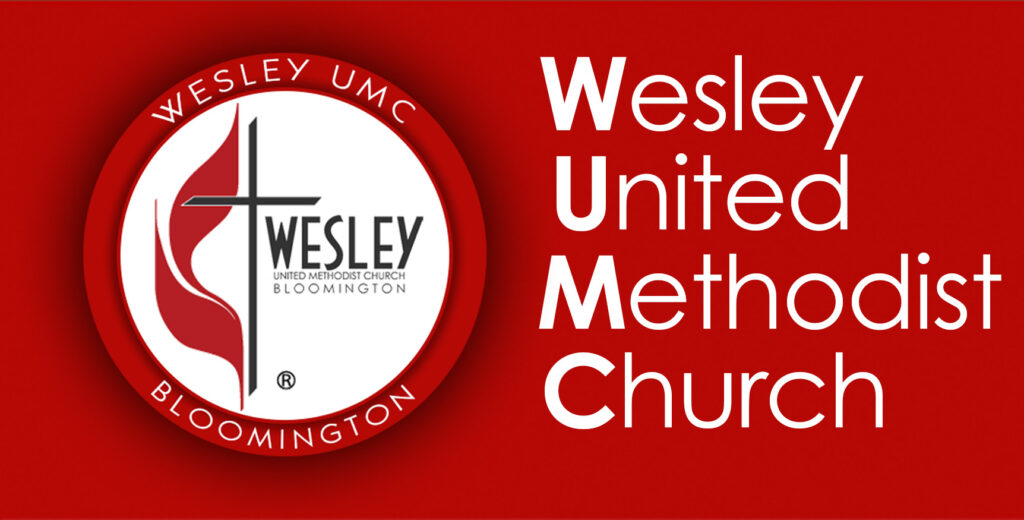Lent at WesleyUMCBloomington 2021
WELCOME TO
LENT AT WESLEY!
Click on these images to download each of our Lent items
Please join us for the forty days of Lent starting on Wednesday, February 17! CLICK HERE to request a printable booklet that we will use in our online daily devotions
WHAT IT IS:
Beginning with Ash Wednesday and ending with Easter Sunday, this devotional includes art, poetry, prompts, and reflections inspired by the Lenten lectionary scriptures (year A) and the theme, Wilderness.
HOW TO USE IT:
View or print this booklet to use as a bible study/devotional tool during daily devotions or on your own to complete at your own pace throughout the Lenten season. Please bring your devotionals to worship, Sunday School, small groups, etc. to share their reflections with one another. We love to hear your conversation! This booklet is great for older youth and adults of all ages—and especially for those who are hungry for readings and prompts to dig into each week.
We would love for you to print your own copy and be a part of our online observance every weekday right here: (Daily Devos)
If you would like to request a copy of this booklet, please contact us at mmccue@wesley-umc.com. Thank you!
Lent is the period of 40 days which comes before Easter. Beginning on Ash Wednesday, Lent is a season of reflection and preparation before the celebrations of Easter. By observing the 40 days of Lent, we replicate Jesus Christ's sacrifice and withdrawal into the desert for 40 days. Lent is often marked by fasting, both from food and festivities.
Whereas Easter celebrates the resurrection of Jesus after his death on the cross, Lent recalls the events leading up to and including Jesus' crucifixion by Rome.
The Christian churches that observe Lent in the 21st century use it as a time for prayer and penance. Only a small number of people today fast for the whole of Lent, although some maintain the practice on Ash Wednesday and Good Friday. The sacrifice is a reflection of Jesus' deprivation in the wilderness and a test of self-discipline.
Why 40 days?
40 is a significant number in Jewish-Christian scripture:
- In Genesis, the flood which destroyed the earth was brought about by 40 days and nights of rain.
- The Hebrews spent 40 years in the wilderness before reaching the land promised to them by God.
- Moses fasted for 40 days before receiving the ten commandments on Mount Sinai.
- Jesus spent 40 days fasting in the wilderness in preparation for his ministry.
Most Christians regard Jesus' time in the wilderness as the key event for the duration of Lent.
Why is it called Lent?
Lent is an old English word meaning 'lengthen'. Lent is observed in spring, when the days begin to get longer.
The color purple
Purple is the symbolic color used in some churches throughout Lent, for drapes and altar frontals.
Purple is used for two reasons: firstly because it is associated with mourning and so anticipates the pain and suffering of the crucifixion, and secondly because purple is the color associated with royalty, and celebrates Christ's resurrection and sovereignty.
Ash Wednesday
Ash Wednesday is the beginning of Lent. It's a day of penitence to clean the soul before the Lent fast.
Roman Catholic, Anglican, and some other churches hold special services at which worshippers are marked with ashes as a symbol of death and sorrow for sin.
Ash Wednesday services
The service draws on the ancient Biblical traditions of covering one's head with ashes, wearing sackcloth, and fasting.
The mark of ashes
In Ash Wednesday services churchgoers are marked on the forehead with a cross of ashes as a sign of penitence and mortality.
The use of ashes, made by burning palm crosses from the previous Palm Sunday, is very symbolic.
Keeping the mark
Some worshippers leave with the mark still on their forehead so that they carry the sign of the cross out into the world.
Other worshippers wash off the ashes after service as a sign that the participants have been cleansed of their sins.
Ashes and oil
The ash is sometimes mixed with anointing oil, which helps the ashes to cling
The use of anointing oil also reminds the churchgoer that the purpose of repentance is forgiveness an dhealing; we go forth cleansied and made new.
From Palm Sunday to Ash Wednesday
Palm Sunday celebrates Jesus's triumphant entry into Jerusalem, so when the crosses used in the Palm Sunday service are converted to ashes, the worshippers are reminded that defeat and crucifixion swiftly followed triumph.
But using the ashes to mark the cross on the believer's forehead symbolizes that through Christ's death and resurrection, all Christians can be free from sin.
“Religions.” BBC, BBC, 2014, www.bbc.co.uk/religion/religions/christianity/holydays/lent_1.shtml
Sara Are. Devotional Cards. A Sanctified Art LLC. 2021. sanctifiedart.org





